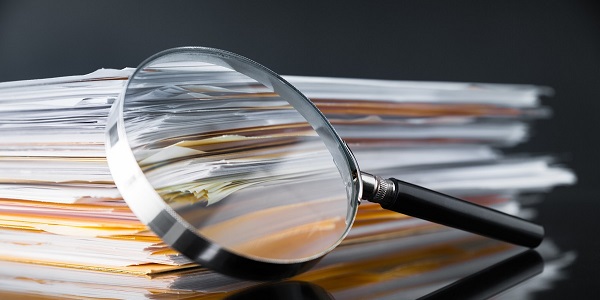Production, post-production and the new ISO 14971

Key features of production and post-production requirements in the new ISO 14971
The clause on production and post-production information has undergone considerable modification in the third edition of ISO 14971. The principles of collecting and reviewing information have not changed, but the requirements and the activities are described more elaborately and more precisely. The clause is divided into four sections corresponding to the steps that the manufacturer needs to take.
- The first step is to establish a system to collect and review relevant production and post-production information. This system must include appropriate methods for the collection and processing of data, which can include statistical methods for trend analysis. The system can be integrated with the monitoring and feedback processes required by a quality management system. The necessary activities to set up the system for collecting and reviewing information must be included in the risk management plan.
- The second step is to collect relevant information for the medical device under consideration. A non-exhaustive list of sources is given in the standard, including information from users, from the supply chain and on the generally acknowledged state of the art (such as new or revised standards, alternative medical devices or alternative therapies). Publicly available information about similar medical devices and similar other products on the market should be considered as well. Those other products are not necessarily medical devices, but they can have a similar (non-medical) application or similar operating principles. It is required that the manufacturer actively collects the information and does not wait passively until such information becomes known.
- The third step is to review if the information is relevant to the safety of the medical device. In particular, the manufacturer needs to determine whether a previously unidentified hazard or hazardous situation exists, an estimated risk is no longer acceptable, the benefits of the medical device no longer outweigh the overall residual risk, or the generally acknowledged state of the art has changed. For example, the benefit in practice could appear to be less than anticipated or new technologies could have become available with smaller associated risks. In such cases, it needs to be investigated whether the medical device under consideration still has a favourable benefit–risk balance.
- If any of the above situations occurs, the manufacturer needs to take action. This is the fourth step. The required actions are described in more detail in the third edition of the standard. The manufacturer must review the risk management file for the medical device and determine if any new risk needs to be assessed or any previously estimated risk needs to be assessed again, and if it is necessary to implement additional risk control measures. Actions regarding medical devices already on the market may be required as well. The manufacturer must also evaluate the impact on the risk management activities that were previously performed. This evaluation can provide valuable input for top management when they review the suitability of the risk management process.
For more information on risk management and the third edition of ISO 14971, download the BSI medical devices white paper Risk management for medical devices and the new ISO 14971.
This is an excerpt from the BSI medical devices white paper Risk management for medical devices and the new ISO 14971. To download our other medical device white papers, please visit the Insight page on the Compliance Navigator website.
Request more information today for a call back from a member of our sales team so that you can get a better understanding of how Compliance Navigator can meet your needs.
The Compliance Navigator blog is issued for information only. It does not constitute an official or agreed position of BSI Standards Ltd or of the BSI Notified Body. The views expressed are entirely those of the authors.

